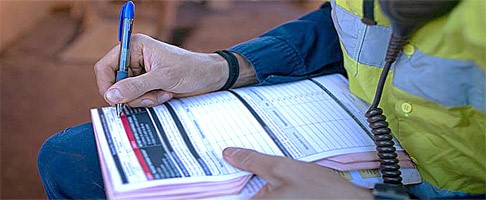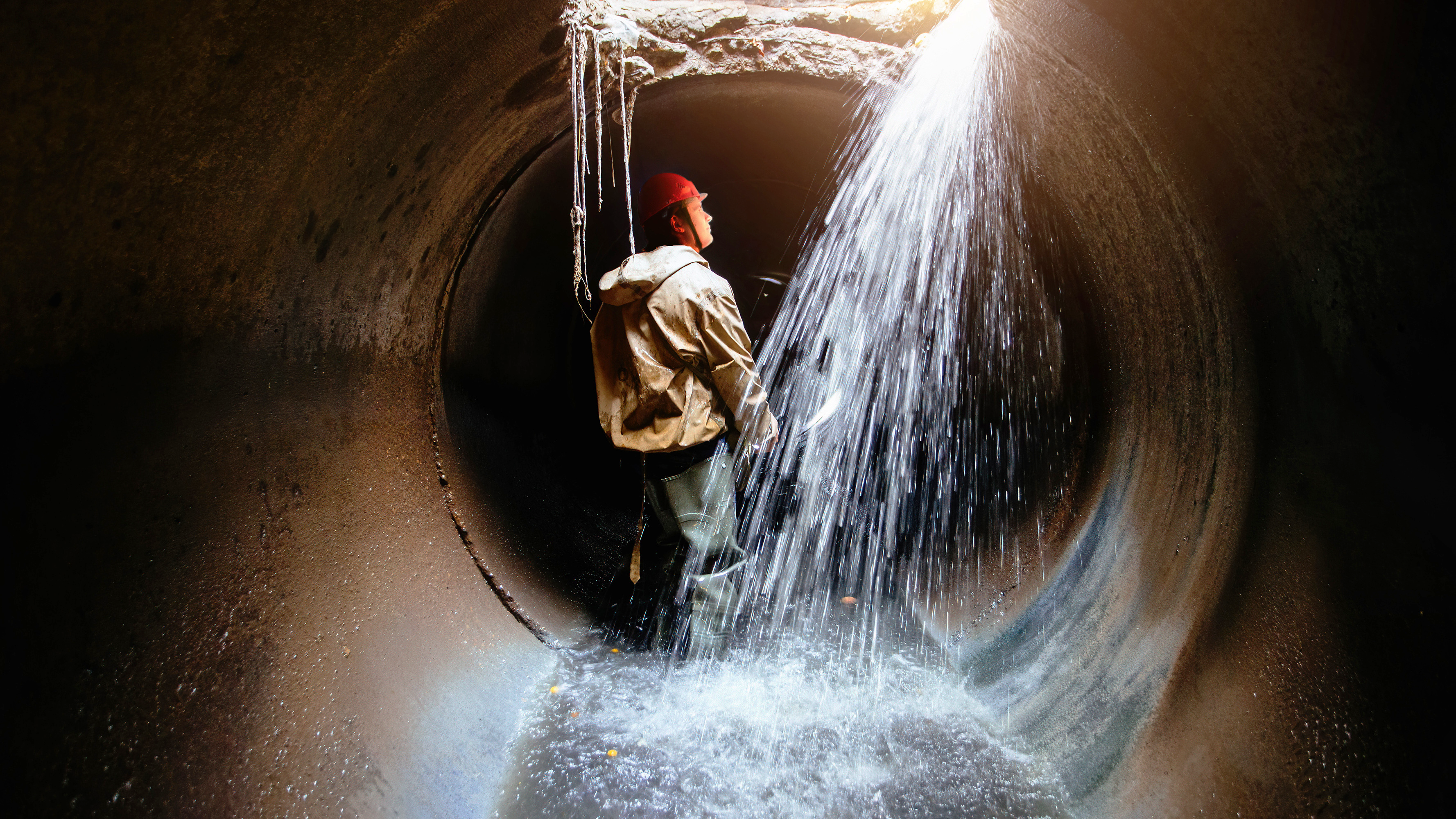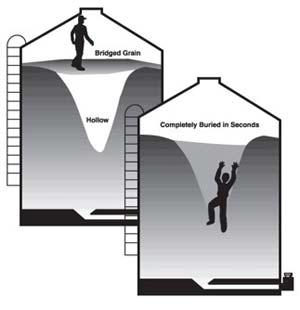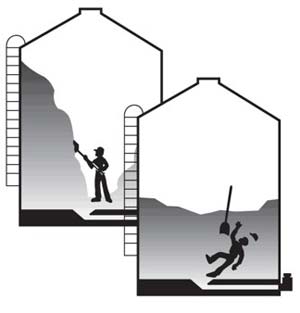
Blog Post #23 – Ever wonder what it really takes to safely work in and around confined spaces? It’s not just about squeezing into tight spots with a hard hat and flashlight. OSHA has an entire standard – 29 CFR 1910.146 for general industry and 1926 Subpart AA for construction – that outlines specific training requirements for anyone who enters, monitors, or supports permit-required confined space operations, including the people stationed just outside the space.
Let’s break down what that means for entrants and attendants, two roles that are absolutely vital to safe operations.
Training for Entrants – What They Need to Know
Authorized entrants – those employees physically entering the permit space – have responsibilities laid out in 1910.146(h) and 1926.1208. Their training must cover:
- The hazards they may face,
- Signs, symptoms, and effects of exposure to those hazards,
- The proper use of PPE, gas monitors, communication devices, and rescue equipment,
- Procedures for communicating with the attendant, and
- The importance of exiting the space immediately if a hazard arises or if they’re told to evacuate.
This training must be site-specific. Entrants should review the permit and get briefed on conditions by their entry supervisor before each entry.
Training for Attendants – The Front-Line Safety Watch
Designated attendants, whose duties are detailed in 1910.146(i) and 1926.1209, may never step into the confined space themselves, but they are the frontline defense if something goes wrong.
They must be trained to:
- Understand the hazards inside the space and recognize signs of exposure in entrants,
- Keep an accurate list of all workers inside,
- Maintain constant communication with entrants,
- Order immediate evacuation when necessary, and
- Prevent unauthorized entry into the space.
They also need to know when and how to summon emergency medical and rescue services and, if assigned, perform non-entry rescues using retrieval systems.
Importantly, 1926.1209(c) says attendants must perform no other duties that interfere with their responsibility to monitor and protect entrants. That means full focus; no phones, no distractions, no wandering off to take a break.
Why This Training Matters
Working in a confined space isn’t like any other job. These environments can hide silent killers like toxic gases, low oxygen, or the threat of engulfment. When something goes wrong, it goes wrong fast. That’s why OSHA requires employers to provide thorough training as outlined in 1910.146(g) and 1926.1207.
Training for affected personnel must be completed:
- Before the worker’s first assignment,
- Whenever their duties change,
- When a new or unrecognized hazard arises, or
- If there’s reason to believe that previous training wasn’t effective.
And under 1926.1207(a)(4), OSHA made it clear that training must be provided at no cost to the employee. Furthermore, OSHA expects all required training to be provided in a language and vocabulary the employees understand.
Confined Space Refresher Training and Updates
According to 1910.146(g)(2) and 1926.1207(b), refresher training must be provided any time:
- There’s reason to believe procedures aren’t being followed,
- An incident or near miss occurs, or
- There are changes to the hazards, procedures, or equipment.
Employers are also required to revise training whenever necessary to ensure continued compliance with OSHA standards.
Confined Space Training Certification Requirements
Under 1910.146(g)(4) and 1926.1207(d), employers must certify (document) that training was completed. Each certification must include:
- The name of the employee trained,
- The name(s) of the trainer(s), and
- The date of the training.
These records must be maintained for the duration of each employee’s tenure with the company.
Confined Space Training Required for Your Temporary Workers, Too
Here’s something many employers overlook: If you bring in part-time or temporary workers to help with confined space operations, YOU are still responsible for their training.
That’s right; under OSHA’s confined space rules, especially clarified in 1926.1207(a)(3), host employers must ensure that any worker they direct, including those supplied by a staffing agency, receives the same level of training as full-time employees.
Too often, companies assume the temp agency handles it. But if you’re supervising that worker, OSHA says you’re on the hook for making sure they understand the hazards and procedures before they set foot near a permit space.
The Bottom Line
Entrants and attendants aren’t just part of the team, they’re essential to the safety of confined space operations. Training them properly isn’t just a good idea, it’s the law. OSHA’s confined space regulations exist to save lives in some of the most hazardous work environments out there.
If your workers are involved in confined space entry, make sure their training is thorough, documented, and up to date. And stay tuned for our next post. We’ll cover the training requirements for entry supervisors and rescue personnel.
Got questions or feedback?
Leave them in the comments section below. And last but not least, I encourage you to share a link to this Confined Space Training Blog post with others in your network so they can benefit from this information.
Want to dig deeper?
Click the buttons below to learn more about our comprehensive online confined space training courses – designed specifically for authorized entrants and designated attendants. Get your team trained, compliant, and confident.
CONFINED SPACE TRAINING FOR ENTRANTS AND ATTENDANTS – GENERAL INDUSTRY VERSION
CONFINED SPACE TRAINING FOR ENTRANTS AND ATTENDANTS – CONSTRUCTION VERSION






